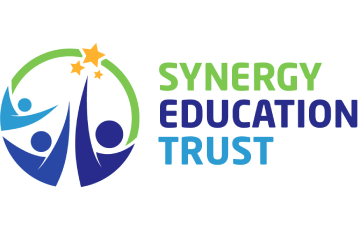Implementation
Implementation
Writing begins as soon as the children start with us in EFYS through the Early Learning Goal of Speaking. It is through this that the children ‘express their ideas and feelings about their experiences using full sentences, including use of past, present and future tenses and making use of conjunctions, with modelling and support from their teacher’.
Once children are ready for writing they will use a range of mark making techniques, such as paint, chalk, water etc. Over time, the children will be taught to hold a pencil effectively in preparation for fluent writing – using the tripod grip in almost all cases. By the end of EYFS, the aim is that children will be able to achieve the ELG of Writing:
- Write recognisable letters, most of which are correctly formed;
- Spell words by identifying sounds in them and representing the sounds with a letter or letters;
- Write simple phrases and sentences that can be read by others.
From Year 1-6 we call our English session ‘Reading into Writing’. We provide daily Reading into Writing lessons that are progressive and support skill development that follow the objectives as set out in the National Curriculum for KS1 & KS2. We understand the importance of children being fully immersed in the genre they are going to write so that they can identify the features needed and know exactly what they need to write. Across both Key Stages, teachers plan a sequence of lessons that we call a ‘journey’. The journey sequence is as follows:
- Cold Write (baseline assessment).
- Looking at a WAGOLL for features. Children explore one good example of the text so that they can discuss the features with the teacher and identify the features.
- Immersion in texts and genre. Children explore a wide range of the genre so that they can see similarities and differences.
- GPS session(s) linked to the genre.
- Teacher modelling how to write the specific genre.
- Shared write – the children and staff have the opportunity to create a piece of writing together using what they have learned so far.
- Children have the opportunity to use the teacher modelling/shared write to improve a WABOLL (What A Bad One Looks Like).
- Plan piece of writing.
- Draft writing.
- Edit work based on Teacher/peer feedback using marking codes.
- Final piece of writing completed – Hot Write.
At Boundary we teach specific and independent Grammar sessions outside of the Reading into Writing sessions, which are then applied in children’s writing.
Children are taught the spellings from the National Curriculum for their year group. We use Spelling Shed to support lessons.
Handwriting sessions are taught regularly to the children and follow a cursive programme using Letterjoin.

